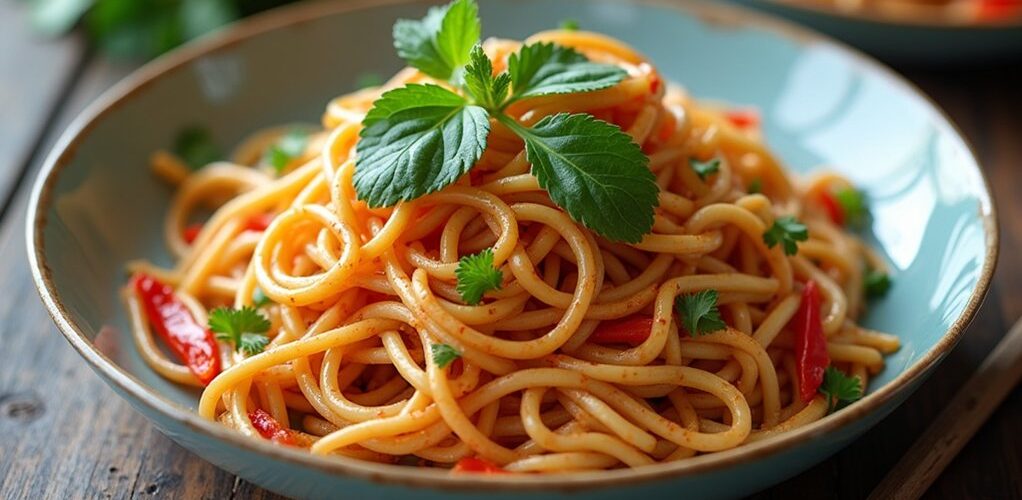
Traditional Pad Thai is not low-carb, containing approximately 32.7 grams of net carbohydrates per serving, primarily from rice noodles. This Asian dish typically provides 429 calories per serving and includes protein sources like chicken, dried shrimp, and eggs, along with various vegetables and condiments. While the original recipe isn't suitable for low-carb diets, several alternatives and modifications can greatly reduce the carbohydrate content while maintaining the authentic flavors and textures.
Key Takeaways
- Traditional Pad Thai contains approximately 32.7 grams of net carbs per serving, making it unsuitable for low-carb diets.
- Rice noodles are the main carbohydrate source, contributing about 39 grams of carbs per serving.
- Restaurant versions can contain up to 82 grams of carbs in a single serving due to sauce and portion sizes.
- Low-carb alternatives like shirataki or zucchini noodles can reduce net carbs to just 3 grams per serving.
- You can reduce carbs by requesting less sauce, substituting noodles, or choosing alternative Thai dishes like Tom Yum soup.
Understanding Traditional Pad Thai Ingredients
When examining the traditional composition of Pad Thai, it becomes clear that this beloved Thai dish is fundamentally carbohydrate-heavy due to its base of flat rice noodles. Each serving contains approximately 39g of net carbs, making it challenging to incorporate into low carb diets.
The traditional Pad Thai ingredients combine protein-rich elements like chicken, dried shrimp, and eggs with fresh vegetables such as chives and mung bean sprouts.
Various condiments, including tamarind paste, fish sauce, and soy sauce, create its distinctive flavor profile, while contributing to the sodium content. Topped with energy-dense peanuts, which add healthy fats and texture, the dish's nutritional breakdown reveals its substantial calorie count of 429 calories per serving, with 82g of carbohydrates and 20g of protein.
Carbohydrate Content Analysis
A detailed analysis of Pad Thai's carbohydrate content reveals why this dish poses challenges for those following low-carb eating plans. With approximately 32.7 grams of net carbohydrates per standard serving, traditional Thai Pad Thai considerably exceeds typical low-carb dietary limits.
Traditional Pad Thai's high carb content makes it challenging for low-carb dieters, with over 32 grams per serving.
The rice noodles alone contribute about 39 grams of carbs, while prepackaged versions can contain up to 82 grams in a 311g serving.
For those monitoring their blood sugar levels or following low-carb diets, alternative ingredients can transform this stir fry dish into a more suitable option.
Replacing rice noodles with low-carb alternatives like zucchini noodles or konjac noodles dramatically reduces the carbohydrate content. Additionally, using low sodium soy sauce can help address the high sodium content typically found in traditional preparations.
Low-Carb Alternatives and Substitutions
Several low-carb substitutions enable health-conscious diners to enjoy the flavors of Pad Thai while maintaining their dietary goals. By replacing traditional rice noodles with alternatives like shirataki noodles or zucchini noodles, net carbs can drop dramatically from 32.7g to just 3g per serving. High-quality proteins such as chicken breast or firm tofu enhance the dish's nutritional profile while keeping carbohydrates low. Many keto-friendly pasta alternatives, such as Shirataki noodles, are gluten-free and vegan, making them versatile for various dietary preferences.
| Ingredient | Traditional | Low-Carb Alternative |
|---|---|---|
| Noodles | Rice Noodles | Shirataki/Zucchini |
| Sauce | Sugar-Based | Sugar-Free Fish Sauce |
| Protein | Various | Chicken/Firm Tofu |
When preparing Low Carb Pad Thai at home, it's essential to avoid added sugars in the sauce made for the dish. At restaurants, requesting modifications can reduce the amount of high-carb ingredients while preserving the authentic Thai flavors.
Making Smart Ordering Choices
Making informed choices while ordering Pad Thai at restaurants can greatly impact the meal's carbohydrate content. When dining out, consider requesting specific ordering modifications to reduce the carb load, such as asking for less sauce or substituting traditional rice noodles with low-carb alternatives like zucchini noodles. Alternatively, opt for naturally low-carb Thai dishes such as Tom Yum soup or Thai BBQ beef salad, which contain markedly fewer carbohydrates than traditional Pad Thai. For those committed to controlling their carb intake, preparing a homemade version allows precise management of ingredients and portions. When modifications aren't possible, consider splitting the portion or saving part for later, as a standard serving of Pad Thai contains substantial carbohydrates that may exceed daily low-carb dietary limits. Additionally, keeping track of low-carb snacks can help maintain daily carb limits while enjoying meals like Pad Thai.
Health Impact and Nutritional Considerations
Traditional Pad Thai presents notable health and nutritional challenges for individuals following low-carb dietary protocols, with its 32.7 grams of net carbs per serving considerably impacting blood sugar levels. The dish's high sodium content from fish sauce and other seasonings raises additional health concerns related to hypertension. Individuals managing type 2 diabetes might benefit from improved insulin sensitivity when replacing high-carb ingredients with low-carb alternatives.
| Component | Standard Version | Low-Carb Alternative |
|---|---|---|
| Noodles | Rice Noodles | Shirataki Noodles |
| Carbs | 32.7g | 2-3g |
| Calories | 330 | 120-150 |
For those committed to maintaining a low-carb lifestyle while enjoying this classic dish, homemade alternatives offer viable solutions. By substituting traditional rice noodles with shirataki noodles or vegetable-based alternatives, individuals can considerably reduce carbohydrate intake while retaining the dish's essential flavors and textures.
Frequently Asked Questions
How Many Carbs Are in an Order of Pad Thai?
A typical restaurant portion of Pad Thai contains approximately 82 grams of carbs, primarily from rice noodles. Nutritional breakdown varies based on portion sizes and ingredient analysis at different establishments.
How to Eat Low Carb at a Thai Restaurant?
Thai food enthusiasts can enjoy low carb menu options by selecting protein choices with vegetable dishes, avoiding rice, requesting sauces on the side, and practicing portion control through healthy swaps.
Is Pad Thai High in Carbs?
Pad Thai contains significant carb content due to traditional ingredients like rice noodles. A typical portion delivers high calorie counts and carbohydrates, though alternative options using different cooking methods can reduce these health impacts.
Can I Eat Pad Thai While Losing Weight?
Pad Thai can fit into weight loss plans with careful portion control and calorie counting. Choosing healthy alternatives like zucchini noodles and practicing mindful eating during meal prep helps manage nutrition facts effectively.
Conclusion
Traditional pad thai, while delicious, remains a high-carb dish due to its rice noodles and sugar content. However, health-conscious diners can still enjoy this Thai favorite by requesting modifications or preparing low-carb versions at home using vegetable noodles and sugar alternatives. Understanding the ingredients and making informed substitutions allows people following low-carb diets to savor the beloved flavors of pad thai while maintaining their nutritional goals.
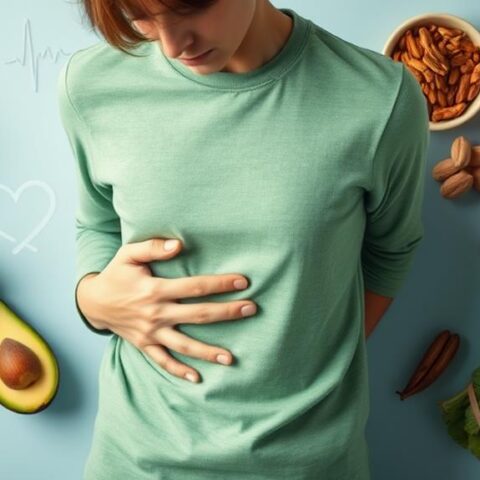
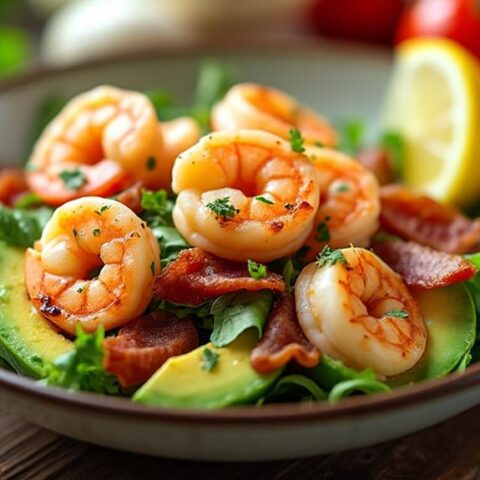


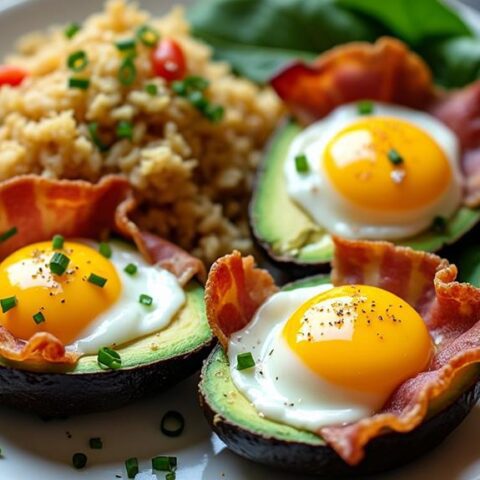
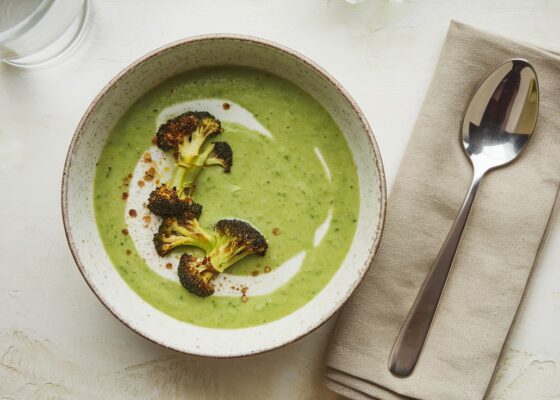

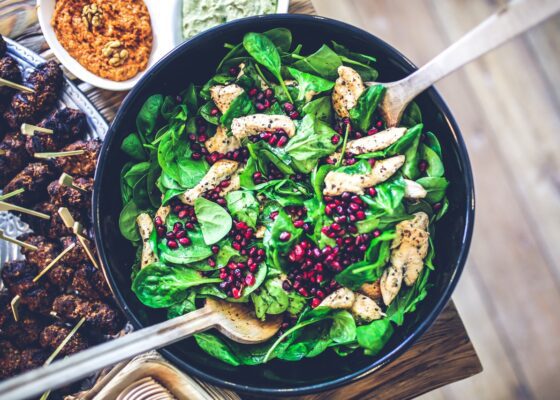

No Comments